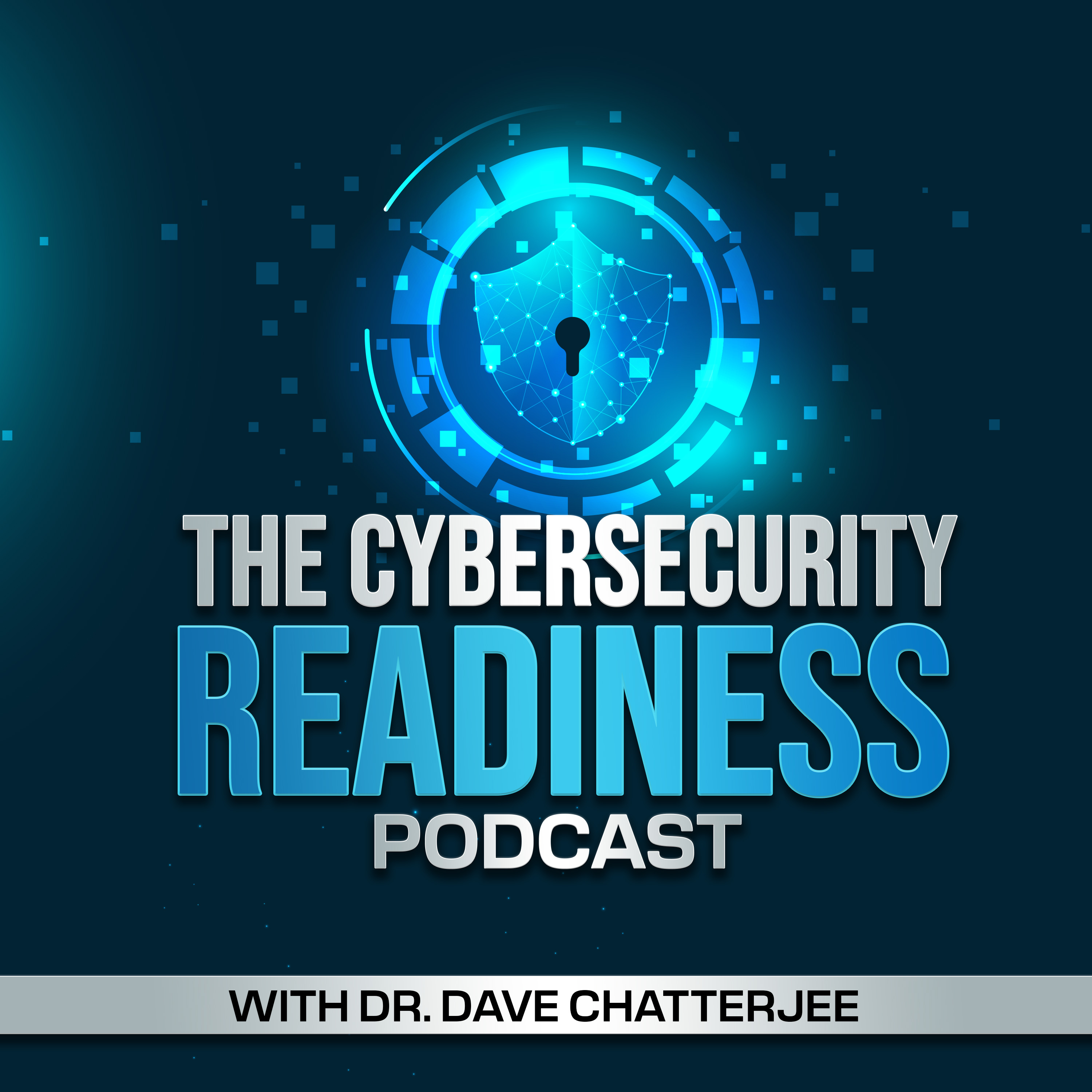Bridging the Gap Between Intentions and Practicality in Cybersecurity
Description
Daniela Almeida Lourenco, Chief Information Security Officer (CISO) at Tinka, firmly believes that CISOs have the very best of intentions -- "we all mean the best; we all want to protect the organization, and that is all we want to do." However, often the reality of the Board's lack of a cybersecurity mindset coupled with insufficient budget and resources results "in a reactive posture, unpreparedness, unclear risk management strategy, and low response maturity." She also highlights "the misinterpretation and implementation of the lines of defense model" to be another reason why right intentions do not get translated into good practices. Advocating for a more hands-on senior management role, Daniela says, "if you're on the second line of defense, you're not supposed to just sit on your highchair and disconnect from Operation." She also expresses concern about the excessive use of the 'fear factor' in cybersecurity communications. Finally, Daniela recommends against reinventing the current culture but making suitable adaptations by embedding new practices.
Time Stamps
01:15 -- Share with us a bit about your professional journey.
04:26 -- Share with the listeners why this topic or theme appealed to you.
07:56 -- What's stopping an organization from being proactive?
12:55 -- Based on your experience and your understanding of sociology and psychology, what recommendations do you have to change things up, make them (senior leadership) more optimistic, make them more proactive, make the stance (cybersecurity stance and approach) more optimistic, make the stance more proactive?
18:54 -- Cybersecurity is everyone's business, and everyone has a role to play. It's just like the way we are fighting the pandemic. We cannot just rely on the healthcare professionals to do everything for us, we also have to do our part. And I think that's kind of similar to how we need to deal with the cyber attacks epidemic. What do you think?
21:17 -- Gamification can be perceived in some cultures, such as the German culture, as something not very serious; you're not being serious about it. Is that a fair interpretation?
22:37 -- What are your thoughts on the check-the-box mentality toward cybersecurity governance?
27:09 -- In my book, I talk about creating structures and mechanisms that will enable shared ownership and responsibility of cybersecurity initiatives. What are your thoughts?
30:53 -- What are your thoughts about the significance of prompt threat intelligence processing?
36:13 -- Please share your final thoughts and any additional points that are very relevant to this conversation.
Memorable Daniela Almeida Quotes
"Most practitioners say that they fell into information security by accident."
"There is a major or official priority over information security, but it's usually reactive."
"One of the things I do see with my peers in the industry is that we all mean the best; we all want to protect the organization, and that is all we want to do."
"Only after major breaches and losses does information security come to the agenda. So it's an afterthought."
"We've been building an ivory tower, and this ivory tower increases the gap between them and us, and I kind of tend to blame it on the misinterpretation and implementation of the lines of defense model. So you know, the first line as being Operation, and if you're on the second line, in my view, you're not supposed to just sit on your high chair and just disconnect from Operation."
"One of my favorite pain points is the excessive use of the fear factor in cybersecurity communications."
"One of the major...
More Episodes
IBM recently reported a 71% year-over-year increase in attacks using valid credentials. This continued use of stolen credentials is also evident through ongoing public incidents like the string of attacks targeting Snowflake's customers that resulted in breaches at AT&T and Advanced Auto...
Published 11/20/24
Published 11/20/24
Accelerating into the cloud without caution often brings complexities that can cause more harm than good. Gartner has noted that cloud configuration errors cause 95% of cybersecurity breaches. With the rapid pace of cloud adoption, less time is spent ensuring systems are built and operated...
Published 11/01/24


